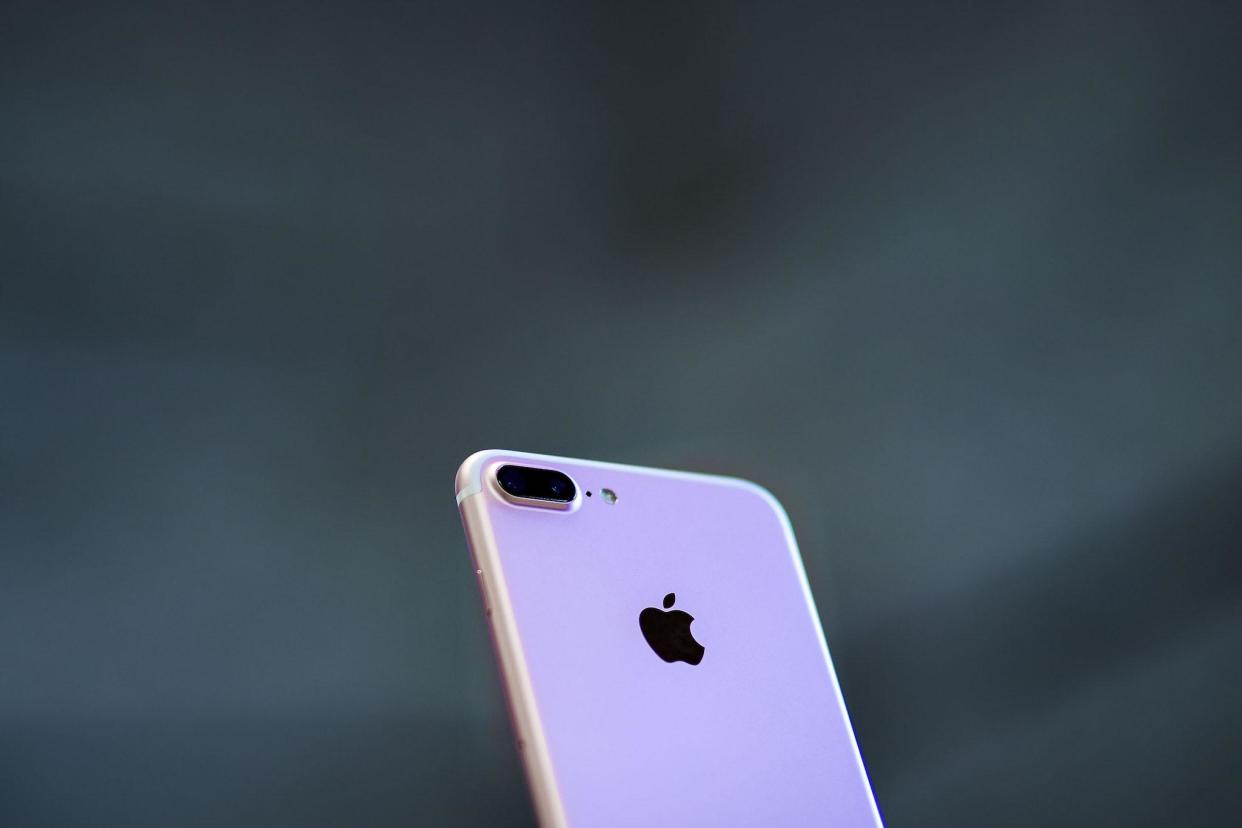iPhone 8 to lose home button and traditional fingerprint sensor, report claims

The next iPhone is going to entirely do away with the home button at the bottom of the screen.
The much-rumoured – and potentially already previewed – removal of the button has long been thought to be one of the major changes coming to the next phone. But a new report sheds light on how potentially the biggest design change ever to come to the iPhone will actually work.
In the place of the characteristic round button will come a special sensor embedded in the screen. And that will be the beginning of a range of new additions that could eventually become an entire biometric system for checking who is using the phone.
The home button will have to be removed as part of Apple's plan to make the phone's screen stretch all the way to each edge, removing the bezel around the display where the button is currently housed.
The company will have to work on a new version of its Touch ID fingerprint sensor because it can't be included within the screen, according to the report. That's because Apple intends to use OLED screens – which show colours better and use less battery – and the optical sensors won't be compatible with those screens.
The new version will work alongside a facial recognition system, according to KGI Securities' Ming-Chi Kuo, who has been a reliable source of Apple leaks for years. That can take up any of the slack from problems with the fingerprint sensor, according to the report, and will eventually become the primary way of logging into the phone.
A facial recognition system was rumoured last week. Such a technology might also allow for new forms of augmented reality and other features.
The disappearance of the home button was already trailed in the iPhone 7, which doesn't really have a home button at all. Instead it uses a set of sensors to know when it is being pressed, and precise motors to give the feeling that a button is being pushed in.

 Yahoo News
Yahoo News 
